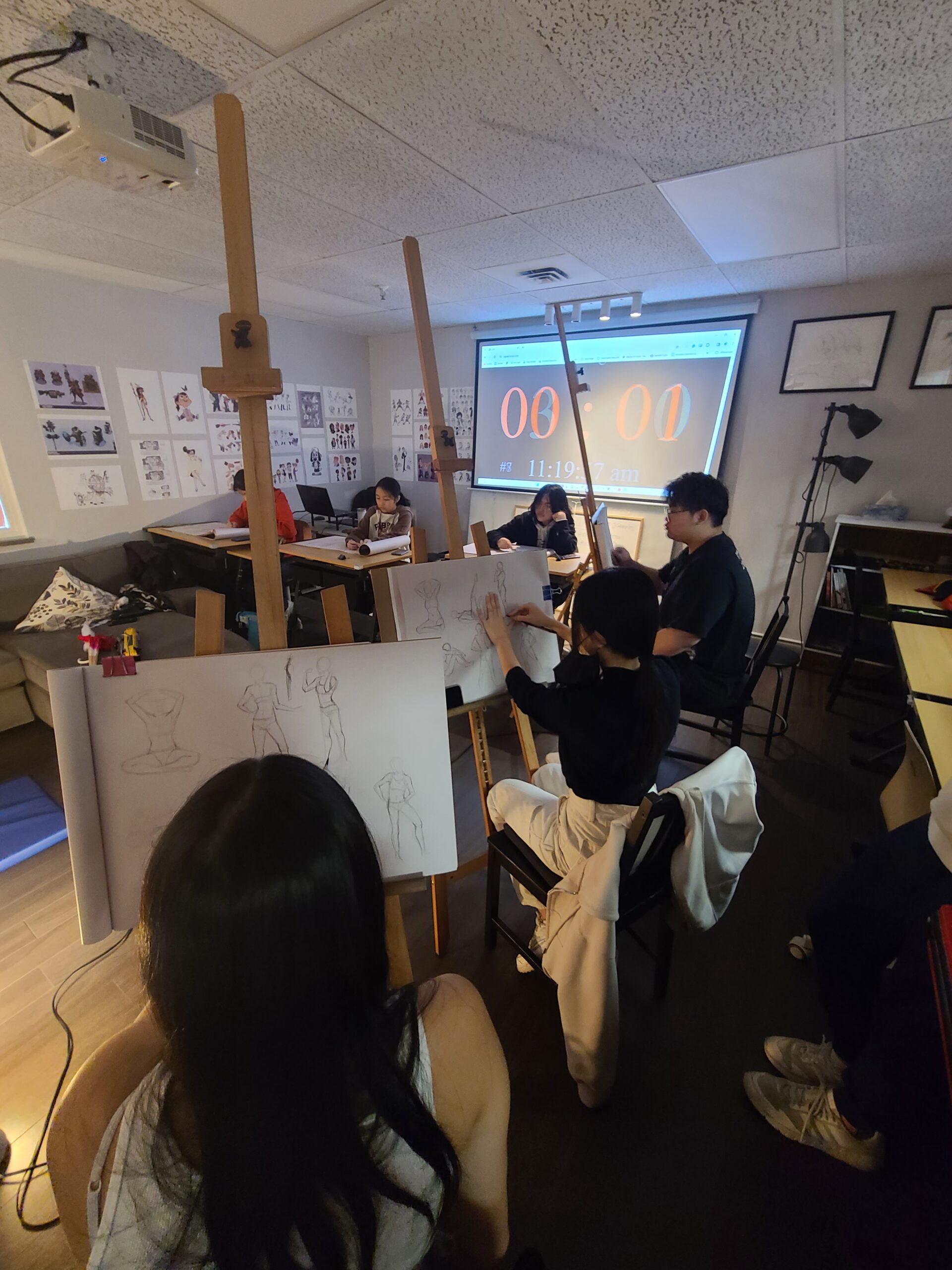2 Hours | Recommended Grade: 10-Adults | Small Scale Class

🢖 WHICH INDUSTRIES AND CAREERS ARE AVAILABLE TO ART AND DESIGN STUDENTS?
With increasing digitalization and globalization we are currently experiencing a shift into a creative economy.
Industries including:
· Animation
· Game
· Digital Advertisement
· Film,
· Film Editing
· VFX,
· Web Design,
· Software Design,
· Industrial Design,
· Virtual Reality/ Augmented Reality
The above listed has experienced exponential growth recently just to name a few. We will likely see this trend continue well into the future. Professional artists make up the backbone of the listed industries and will continue to be a driving force in the formation of the creative economy.
🢖 MY CHILD LOVES ART BUT LACKS TECHNIQUE, HOW CAN HE / SHE IMPROVE?
We usually do not assign home work for our younger learners but do expect full participation in classroom activities. Different techniques are taught in class and learners are expected to try utilizing these techniques throughout their drawing. By participating in class, learners will catch onto a variety of art knowledge and skill to be incorporated into their art repertoire.
🢖 WHAT SKILLS CAN MY CHILDREN LEARN IN CREATIVE ART CLASSES?
We guide students to develop a love for the arts and inspire them to create through increased drawing abilities. Students will be taught the fundamentals of art including
- Drawing Techniques
- Lines
- Forms
- Colors and Shading
- Perspectives
- Compositions
- Basic Digital Art Technologies
Through a variety of mediums. All the above-mentioned will assist in the development of imagination, creativity, and storytelling through art. The degree of complexity will increase as students transition from beginner to intermediate all the way to advanced.
🢖 HOW OFTEN BEGINNER LEARNERS BE PRACTICING WHEN AWAY FROM THE STUDIO?
Practice makes perfect! Artistic skills is no exception. By taking what is taught in the studio and applying to daily practices and school projects learners should see a gradual change in work quality.
We recommend younger learners to start a visual diary recorded through drawings. This can include, events, activities, social interactions, feelings and emotions. Between 20 – 30 minutes of practice a day is ample to hone basic drawing techniques.
🢖 HOW LONG DOES IT TAKE FOR KIDS TO SEE PROGRESS STARTING FROM AN EARLY AGE?
We completely understand that every learner is different and that the speed at which learners pick up contents is all based on the individual. Our small class sizes of no more than 6:1 learner instructor ratio allow individual learners to follow their own pace of learning. Learners work on their on independent projects once teaching outlines are provided we will assist students on completing these projects and will explain thoroughly to learners regarding techniques.












 admin@peacefulartstudio.com
admin@peacefulartstudio.com
